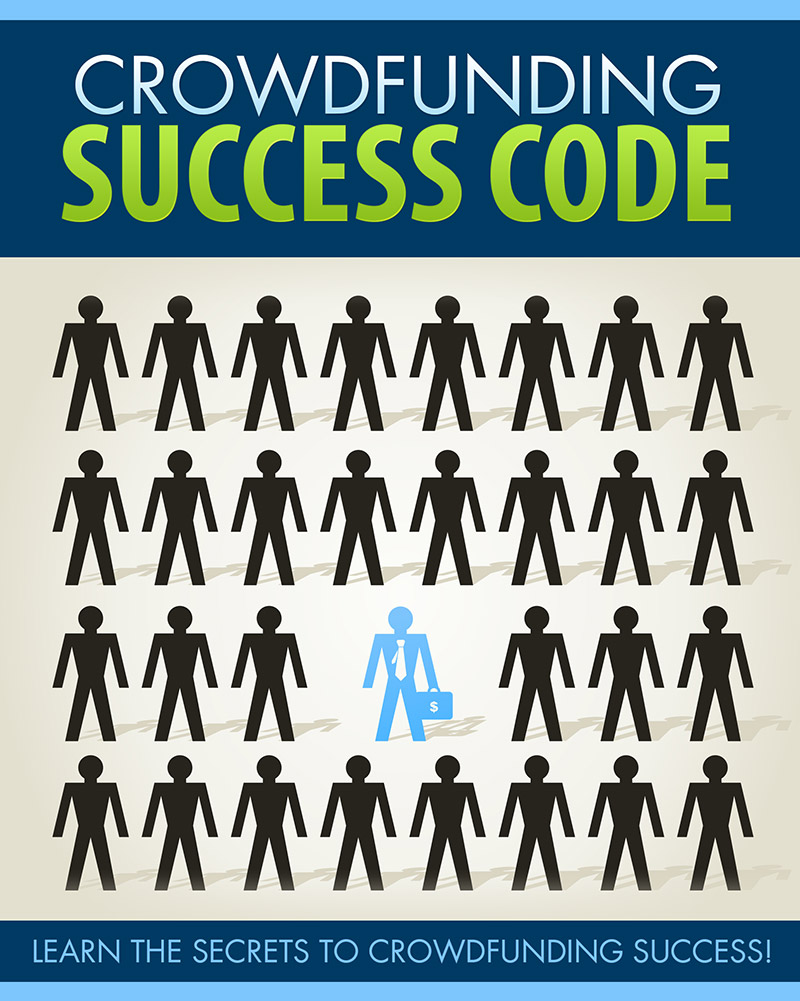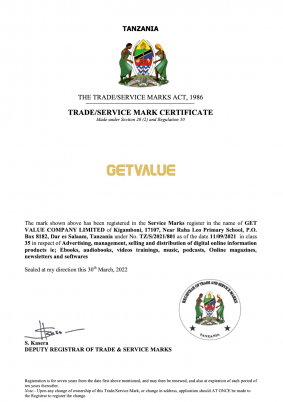
CROWD FUNDING SUCCESS CODE
The word drums up all kinds of visions for the average person. Small startups exploding in popularity overnight. Companies on the verge of financial collapse being saved by a capital injection received through crowdfunding.
Introduction
Crowdfunding.
The word drums up all kinds of visions for the average person. Small startups exploding in popularity overnight. Companies on the verge of financial collapse being saved by a capital injection received through crowdfunding.
Crowdfunding came into popularity at a time when it was desperately needed. As traditional loans became nearly impossible for new companies to get and angel investors became much pickier about their investments due to the burst of the dot com bubble, crowdfunding saved the start-up world by providing a way for these new and emerging companies to find the funding they need.
In fact, crowdfunding’s brilliance lies in a couple of small features:
1. Companies typically do not have to pay back their funding. They receive donations rather than loans. This can be extremely beneficial for companies in the start-up stage, because paying back loans often cripples new companies that need all their cash for operating capital.
2. Because funding is spread out between hundreds, or even thousands of investors, no one individual or company is taking any risk in the company’s potential failure.
3. Unlike traditional investing, you won’t lose any of your company to investors. You won’t have to give a venture capitalist any control over your company, nor will you have to give anyone any stock. You keep 100% control and ownership.
Crowdfunding is a win-win situation for both those seeking funding and those providing it. Those seeking it get the funds they need for their project, while those providing it get the satisfaction of knowing they are helping a fledgling company or product while potentially receiving an interesting benefit from the project’s founder.
If you’re seeking money through crowdfunding, there are some things you need to be aware of. The most important thing to keep in mind is that if you don’t meet your funding goal, you won’t receive anything at all.
Remember that, because it bears repeating.
If you don’t meet your funding goal, you won’t receive anything at all.
If you set a goal of $10,000 and you only receive pledges of $9,999, you won’t receive a dime. It’s an unfortunate situation, but it’s understandable. It’s done this way for a couple of reasons.
1. It weeds out uninteresting projects, because those projects that aren’t likely to succeed will probably never reach their funding goals. People know an interesting idea when they see it.
2. It prevents people from asking for more money than they really need. The more you ask for, the more risk you’re taking that you won’t reach your funding goal, thus not getting anything at all.
In this report, you’re going to learn the secrets to setting up your crowdfunding project in order to give you the best possible chance at meeting or even exceeding your funding goal.
You’ll also learn how to use crowdfunding to promote a product before it even comes to market, potentially selling out your first run before you ever get past the prototype or development stage!
So let’s get started.
























